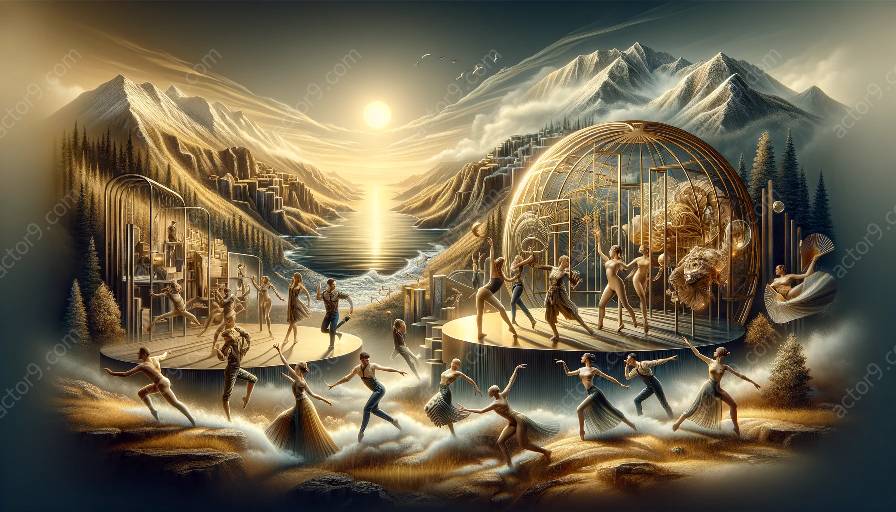Physical theatre has evolved to encompass a wide array of contemporary applications, infusing traditional techniques with modern sensibilities to create captivating performances that break the boundaries of conventional theatre. This topic cluster aims to explore the diverse ways in which physical theatre is manifested in today's theatrical landscape, delving into the intersection of techniques in physical theatre and the innovative approaches that define the art form.
Evolution and Relevance of Physical Theatre
The history of physical theatre is rich and varied, with its roots tracing back to ancient Greek theatre and commedia dell'arte. However, the contemporary applications of physical theatre have transformed the art form into a versatile medium of storytelling and expression. By integrating movement, gesture, and spatial awareness, physical theatre has become an essential component of modern performance arts, transcending linguistic and cultural barriers to communicate profound narratives.
Techniques in Physical Theatre
Central to the contemporary applications of physical theatre are the techniques that underpin its expressive power. From the pioneering work of practitioners like Jacques Lecoq and Jerzy Grotowski to the innovative methodologies developed in contemporary theatre schools and companies, the techniques in physical theatre continue to shape its evolution. These techniques encompass a spectrum of disciplines including mime, acrobatics, mask work, and ensemble-based improvisation, serving as the building blocks for performers to explore the limitless possibilities of physical expression.
Exploring Innovation in Physical Theatre
Contemporary applications of physical theatre extend beyond the confines of traditional stage performances, integrating digital technologies, interdisciplinary collaborations, and site-specific experiences to push the boundaries of artistic expression. Through immersive installations, interactive performances, and cross-disciplinary explorations, physical theatre has found new avenues to engage audiences and provoke thought-provoking experiences. This intersection of innovation and tradition underscores the dynamic nature of physical theatre as a form that continuously evolves to reflect the complexities of contemporary society.




































